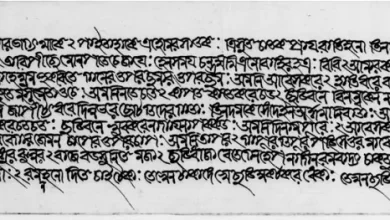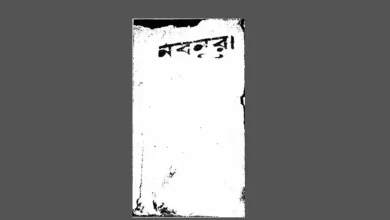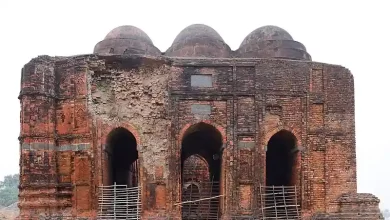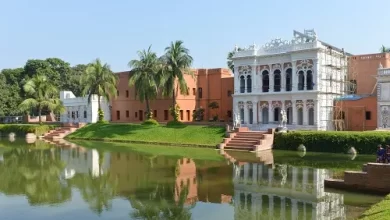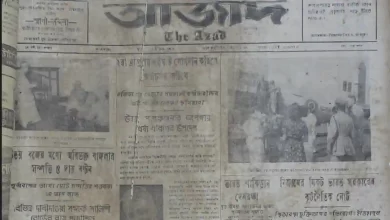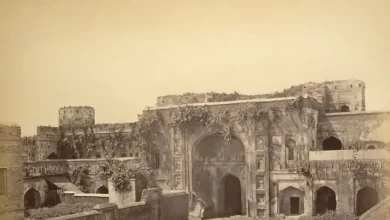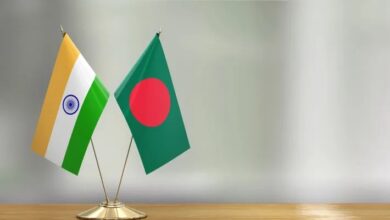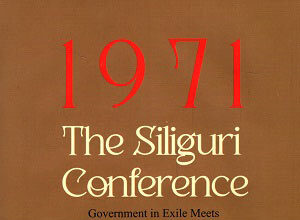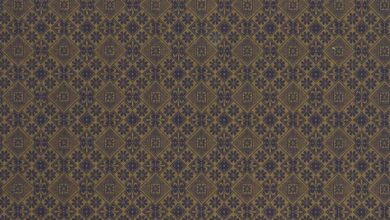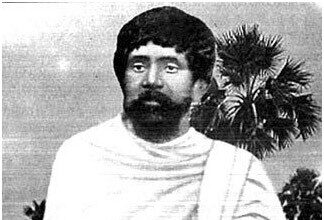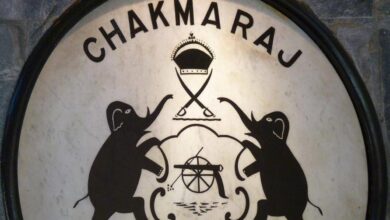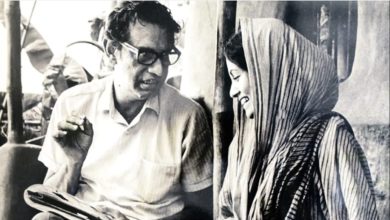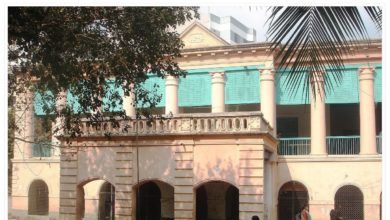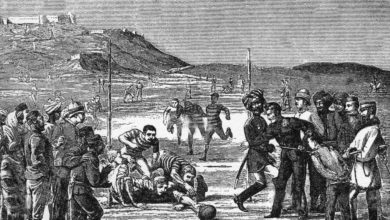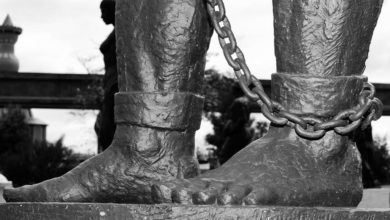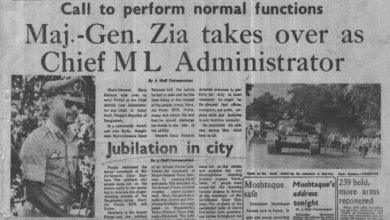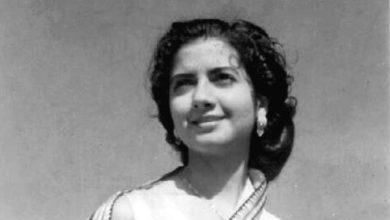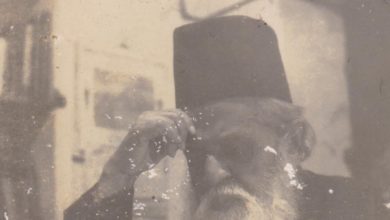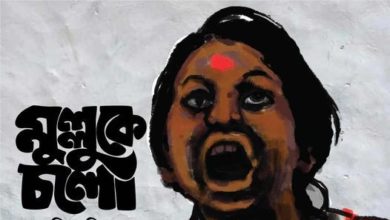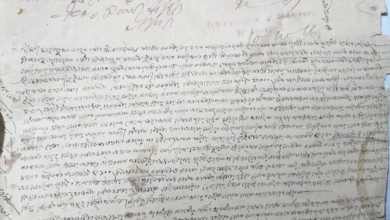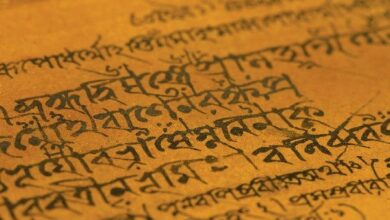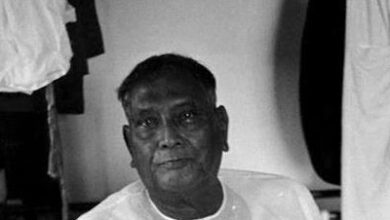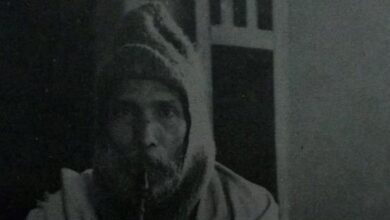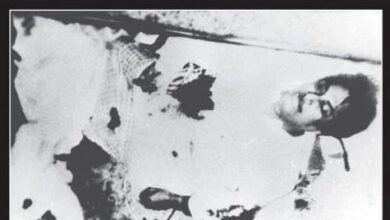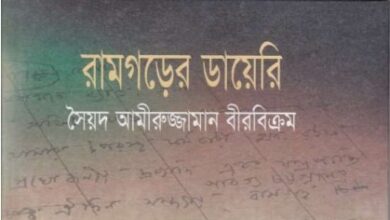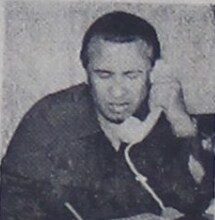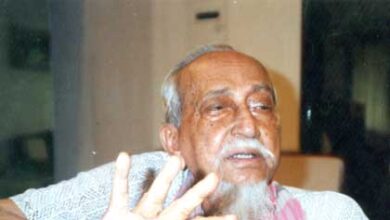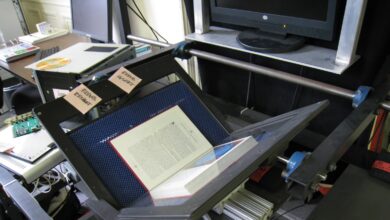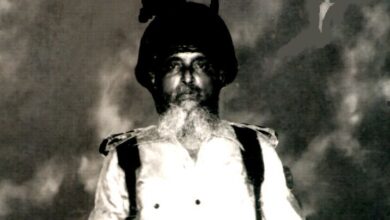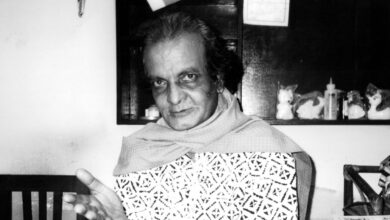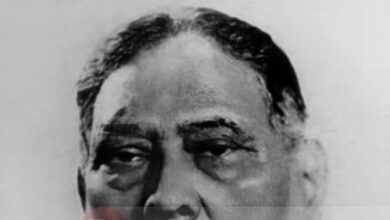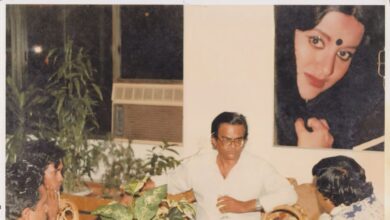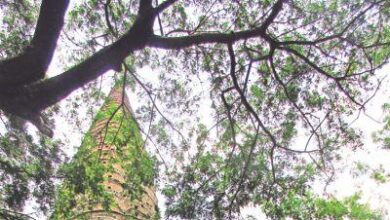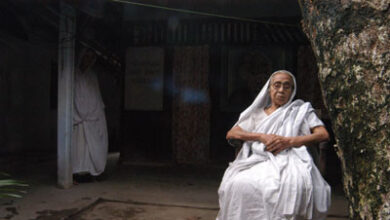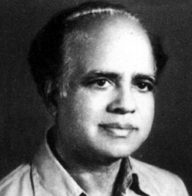Pabna corn movement,1967
1967Movement against poisonous corn in Pabna
Shafiqul Islam Shibli
March 15, 1967. After having eaten rotis made from poisonous maize flour provided by government rations, rickshaw puller Haru and his wife died in Pabna Sadar Hospital. Many other people with the same symptoms were also admitted to the hospital. The next day, anger was starting to brew against the government among the workers living on daily wages. As the day progressed, hundreds of people had gathered in front of the hospital. The then Member of the National Assembly (MNA) and secretary of the Central Parliamentary Food Committee Syed Asghar Hossain Zaidi arrived at the hospital. The people asked him to announce that the government was somehow responsible for these deaths.
Meanwhile, processions were brought out on the main road. The spontaneous crowd of enraged people at town hall kept getting bigger and bigger. Zaidi went to town hall. Since he did not utter a word against the government, the people began pelting him with rocks. Zaidi was injured. He fled and took shelter at his house. Furious students and workers started gathering around his house, which was surrounded by boundary walls. People of all ages were there. At one point, the people set the house on fire. The police arrived after calls from the MNA. They opened fire to try to stop the crowd. According to the government’s count, 14 rounds were shot.
Mass stick charges also took place. A street child named Shefali Ranu was killed. At least 12 people, including student leader Ahmed Rafiq, were severely injured. A fire truck on the way to extinguish the fire was blocked on the main road. Vandalism also took place. An EPRTC bus was destroyed as well. In response to the shootings, two gun shops were broken into and guns and cartridges were looted. Shots aimed at Zaidi’s house began from a safe distance away. Around the afternoon, Deputy Commissioner Khorshed Alam (later the Governor of Bangladesh Bank) visited the burned down house. While returning, he picked up Pabna thana’s Officer-in-charge (OC) Mujibul Haque, in his jeep. While giving him a lift back to the thana, as the Deputy Commissioner’s jeep arrived in front of the Press Club, shots were fired at the jeep. His bodyguard Solaiman Ali and orderly Nurul Islam were injured.
The situation went out of control. An emergency meeting was held at Pabna’s lawyer Bar. The meeting was chaired by M Mansur Ali. At the meeting, concern was expressed at the massive amount of violence that rose out of the situation. Condemning the supply of poisonous maize flour from the government warehouse and providing appropriate compensation to the families of the dead and ill, taking legal action against the people who were responsible and guilty, establishing a judicial inquiry by the High Court Justice in the case of indiscriminate firing ordered by MNA Zaidi on the angry mob, and providing compensation to the victims were some of the demands made to the local administration.
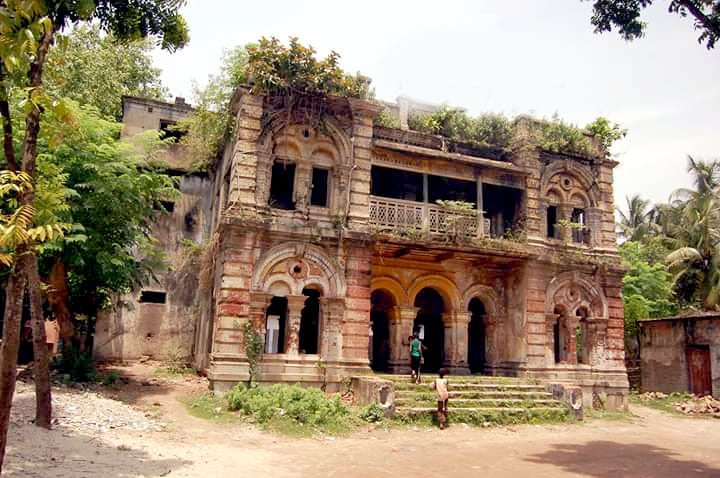
In order to handle the situation, curfew including Section 144 was put into effect. Mass arrests began. The number of arrests exceeded 300. The selling of rationed flour was banned. Charges were also pressed under the Defence of Pakistan Rules. Thirteen cases were filed for attack and arson at Zaidi’s house, shooting the DC with the intent of murder, robbery, weapons law, incitement against the state, etc. In order to normalise the situation, the administration held a meeting with teachers of Edward College during the evening. After nine days, curfew and Section 144 was lifted due to Eid-ul-Azha. On March 28, Pakistan President Field Marshal Ayub Khan arrived on a tour of East Pakistan. He expressed his opinion in favour of corn rationing. Meanwhile, a decision was taken in Dhaka to send 27 lawyers to Pabna to provide legal assistance for the cases filed in Pabna after mass arrests.
12 people injured in the police firing were given treatment at Rajshahi Medical College Hospital.
Those who were captured during protests against poisonous corn and detained as security prisoners: Bar Chairman M Mansur Ali, former MNA Amjad Hossain, language movement fighter and Khapra ward injured Aminul Islam Badsha, Advocate Aminuddin (MPA and liberation war martyr), Advocate Golam Hasnain (Council Member), Advocate Amjad Hossain (MP), Khondakar Abu Taleb, Maulana Abdus Sobhan MPA (MP), Press Club Editor Anowarul Haque, Abul Hasnat (Commissioner, Shalgaria ward), Jamat Ali Jombu, Yaqub Ali, Meher Ali, Khabir Uddin Sheikh, Moyen Uddin Sheikh and Keramat Ali Sheikh – 16 people.
Additionally, charges were pressed against 67 of the 155 who were arrested for the attack and arson case of MNA Zaidi’s house. These people included Hossain Ali Khan, MNA Amjad Hossain, Aminul Islam Badsha, Advocate Amjad Hossain, Advocate Aminuddin, Advocate Golam Hasnain, Journalist Anowarul Haque, Mohammed Nasim (former Health Minister), Fazlur Rahman Potol (former State Minister), Kafiluddin Ahmad (Vice Chairman, Pabna Pourashava), Journalist Hasnatuzzaman Hira, Sharif Uddin Bhola Biswas,Maulana Abdus Sobhan MPA, Hazari Golam Faruq Jhontu, Abul Hossain Nayeb, Abu Sayeed Talukder, Ahmed Rafiq, NazmulHaqueNannu, Matiur Rahman Bacchu, SharifulAlam, and Moktar Hossain. 88 were given FRT. The lower court handed over 36 people to Daira Court after the initial criminal accusations against them were proved.
In the case of firing at the jeep containing Deputy Commissioner Md Khorshed Alam, Alo alias Golam Mostafa, Jhontu alias Hazari Golam Faruq, Moyez Uddin and Subash Chandra Sharkar each received a two-year prison sentence and a fine of 1000 taka.
Bar Chairman M Mansur Ali (former Prime Minister, Home Minister) was sentenced in the case of DPR. His case was settled in High Court, and he was released.
On March 16, 1967, the people of Pabna erupted in anger due to the government’s negligence, exploitation and deprivation of the general public. They were led by student workers who were political leaders.
The entire country sympathised with the movement, the free thinkers, political parties and leaders. Pabna’s eventful protests played an inspirational role during the mass upsurge against Ayub Khan, national elections of 1970 and the liberation war of 1971.
Translated by : Mayabee Arannya.


